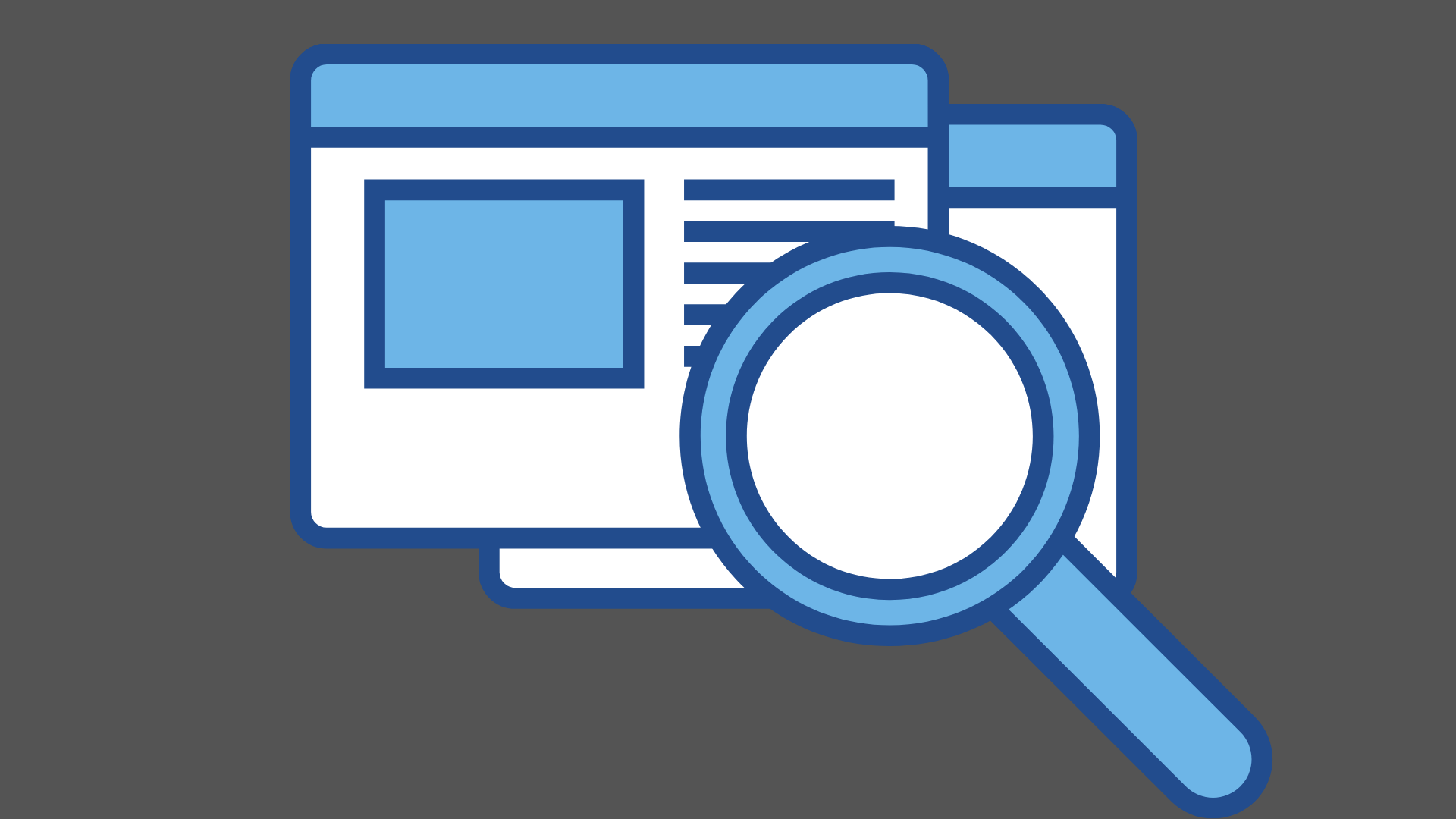Google is the most popular search engine in the world, with over 3-5 billion searches per day. This means that if you want to reach a wide audience with your website, you need to make sure you’re doing everything you can to optimize it for Google. In this guide, we’ll teach you the basics of how Google ranks websites and how you can tweak your own site to increase your chances of being found.
1. How do I optimize my website for Google?

When you’re optimizing your website for Google, you need to keep in mind the two most important factors: content and authority. You can improve your website’s authority by increasing the number of high-quality links to your site from other reputable websites. And you can improve your website’s content by adding new and relevant content on a regular basis.
In order to increase your website’s authority, you need to focus on creating high-quality links. You can do this by publishing high-quality content on your site that other websites will want to link to. You can also participate in relevant industry forums and contribute valuable comments that include a link to your website.
To improve your website’s content, you need to ensure that your site is full of valuable information that people will want to read. You can do this by adding new and relevant content on a regular basis, and by making sure that your content is well-written and easy to understand. You should also make use of keywords and keyword phrases to help people find your content.
If you follow these tips, you’ll be able to optimize your website for Google and improve your website’s rank in the search results.
2. Google analytics

Google Analytics is a freemium web analytics service offered by Google that tracks and reports website traffic. It is the most widely used website statistics service. Google Analytics is now the most popular web analytics service on the web.
The Google Analytics code is inserted into a website’s HTML and reports are generated to show website traffic activity. Reports can be customized and include information such as the number of visitors, the amount of traffic, the most popular pages on the site, and the amount of time visitors spend on the site.
Google Analytics is a powerful tool that can be used to help optimize a website for Google. The reports generated by Google Analytics can be used to improve website content, identify opportunities for improvement, and track the impact of optimizations.
3. Website optimization tools

There are a variety of website optimization tools available to help you improve your website’s ranking on Google. Some of these tools are free, while others require a paid subscription.
One free tool that can help you optimize your website is Google’s own PageSpeed Insights. This tool analyzes your website and provides feedback on ways to improve your page speed.
Another free tool that is popular among website owners is the Yoast SEO plugin for WordPress. This plugin helps you optimize your website for Google by providing feedback on your website’s title tags, meta descriptions, and other elements that impact your ranking.
If you are looking for a more comprehensive website optimization tool, consider investing in a subscription to Moz Pro. Moz Pro offers a variety of tools to help you improve your website’s ranking, including a page optimization tool, a site crawler, and a link explorer.
4. Website optimization techniques

There are a number of key website optimization techniques that you can use to improve your website’s ranking in Google and increase your web traffic. The first step is to ensure that your website is correctly indexed by Google. You can do this by using the Google Search Console to submit your website’s URL and verify your ownership.
Once your website is indexed, you can start improving your ranking by using the correct keywords in your website content and title tags. You should also optimize your website for mobile devices, as over half of all internet traffic now comes from mobile devices. You can do this by creating a mobile-friendly version of your website, or by using responsive design.
You can also improve your website’s ranking by optimizing your website for speed. You can do this by reducing the size of your images, using a caching plugin, and using a Content Delivery Network (CDN). You can also improve your website’s ranking by creating quality backlinks to your website.
5. Onpage optimization and off-page optimization

Onpage optimization and offpage optimization are two essential techniques for improving your website’s ranking on Google. Onpage optimization is the process of making your website as search engine friendly as possible, by optimizing your website’s title tags, meta descriptions, header tags, images, and other elements. Offpage optimization is the process of improving your website’s ranking through external means, such as backlinks and social media.
Backlinks are one of the most important factors for improving your website’s ranking on Google. The more high-quality backlinks your website has, the higher your website will rank. You can improve your website’s ranking by submitting your website to directories, posting articles on popular websites, and submitting your website to social media sites.
Social media is also an important factor for improving your website’s ranking on Google. The more social media shares your website has, the higher your website will rank.
6. Conclusion
So, you’ve read about all the ways you can improve your website to make it friendlier for Google – from on-page optimization to backlinking, and everything in between. But what do you do with that information?
Well, the first step is to put it into practice. Start making the changes needed to your website, and give it some time to rank. You won’t see changes overnight, but if you’re diligent and stick to the plan, you will start to see improvements over time.
The second step is to track your progress. Use a tool like Google Analytics to track your website’s rankings and how much traffic you’re getting from Google. This will help you to gauge the effectiveness of your changes, and make necessary adjustments along the way.
Finally, don’t forget to keep up with the latest Google updates. The rules of the game are always changing, and you need to be prepared to adapt your website accordingly. So stay tuned to the latest news and trends, and keep your website up to date.
With these tips, you’ll be on your way to optimizing your website for Google – and seeing the results in your traffic and rankings.
